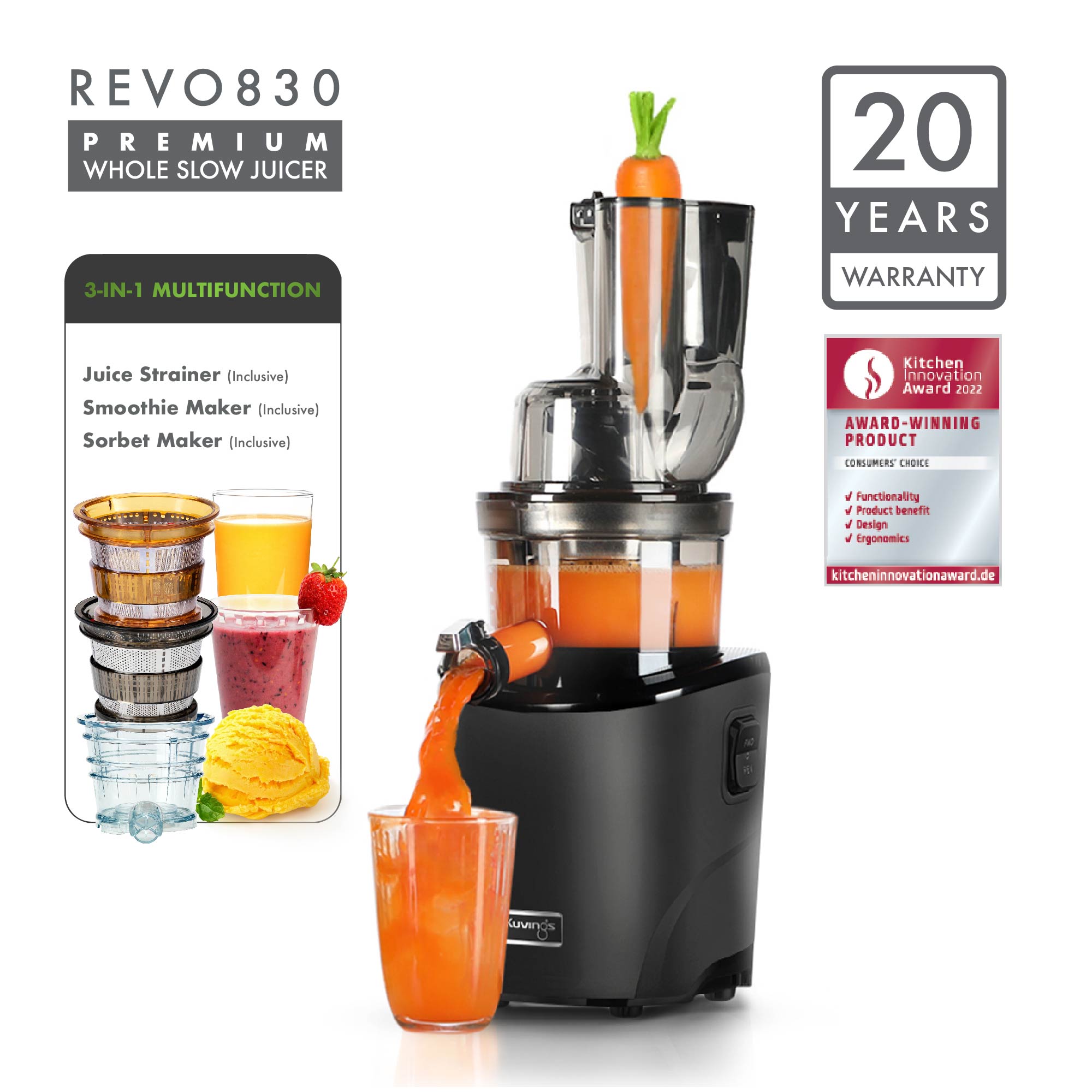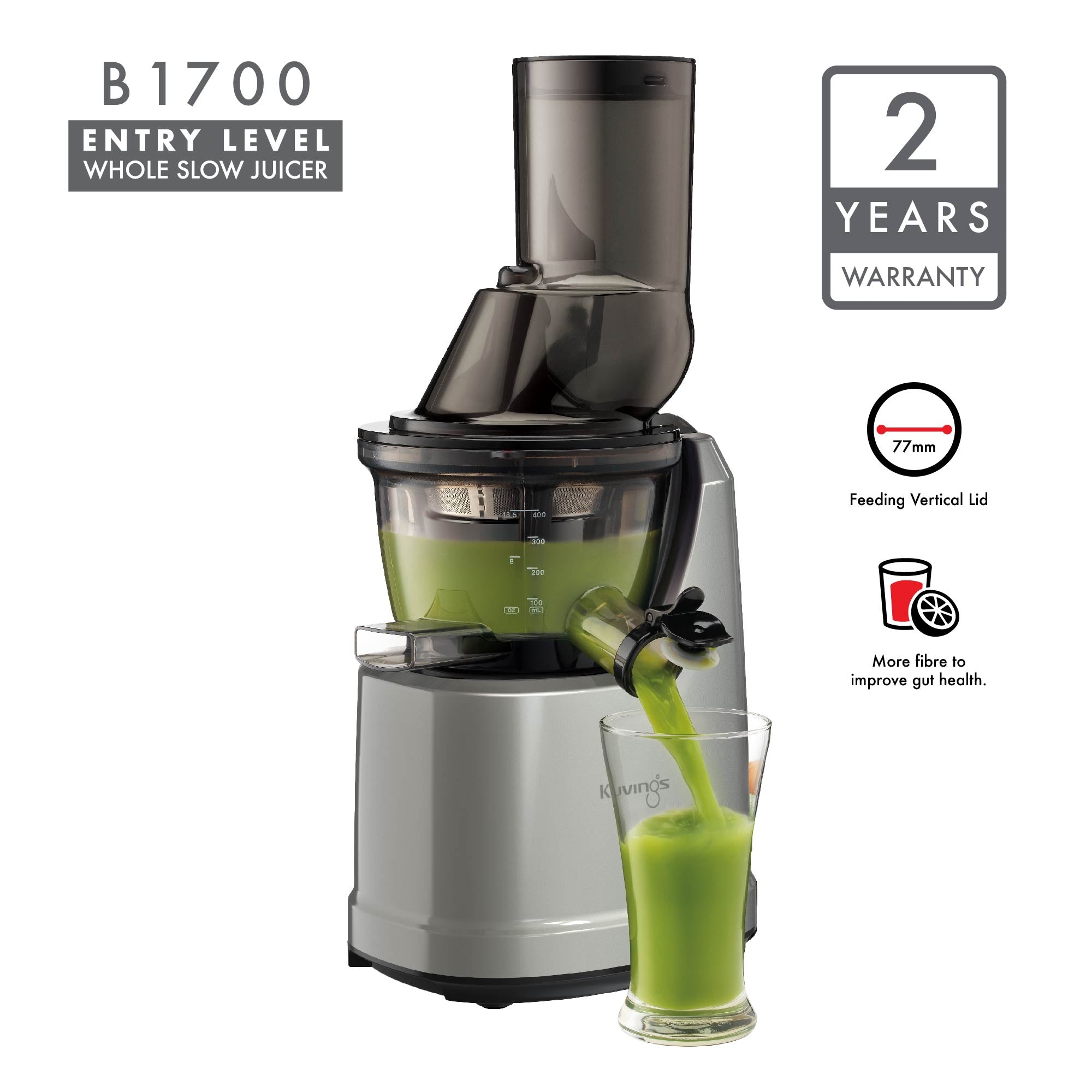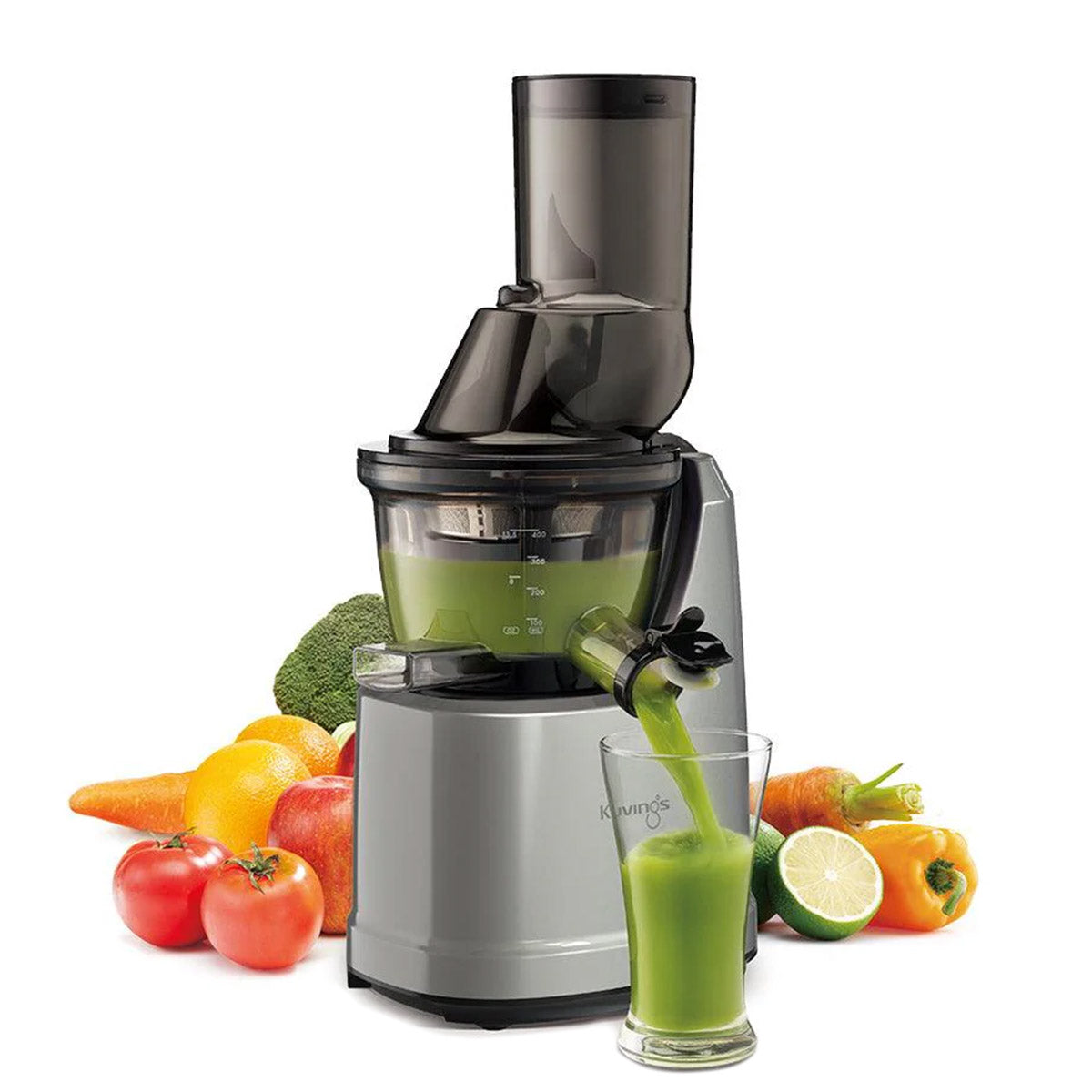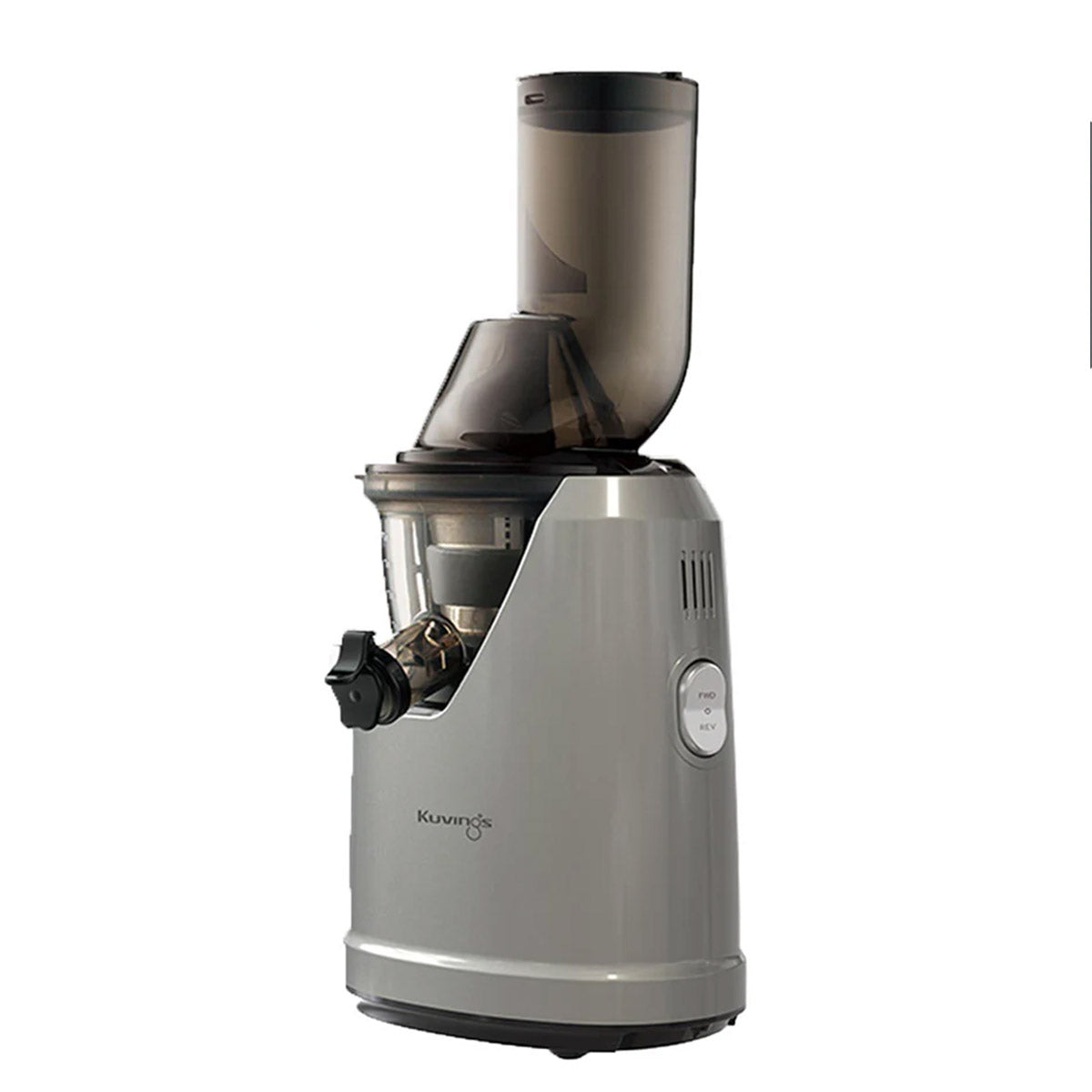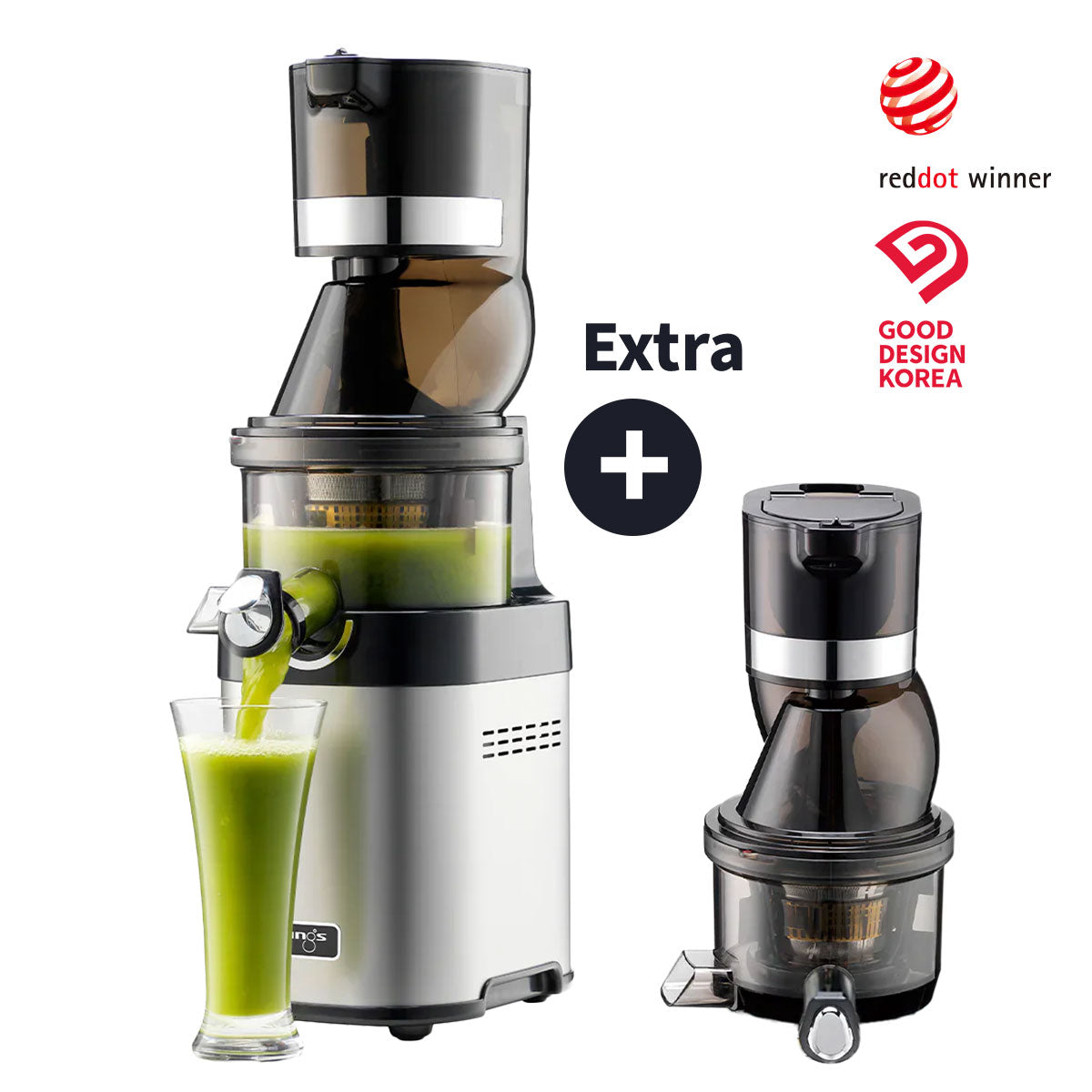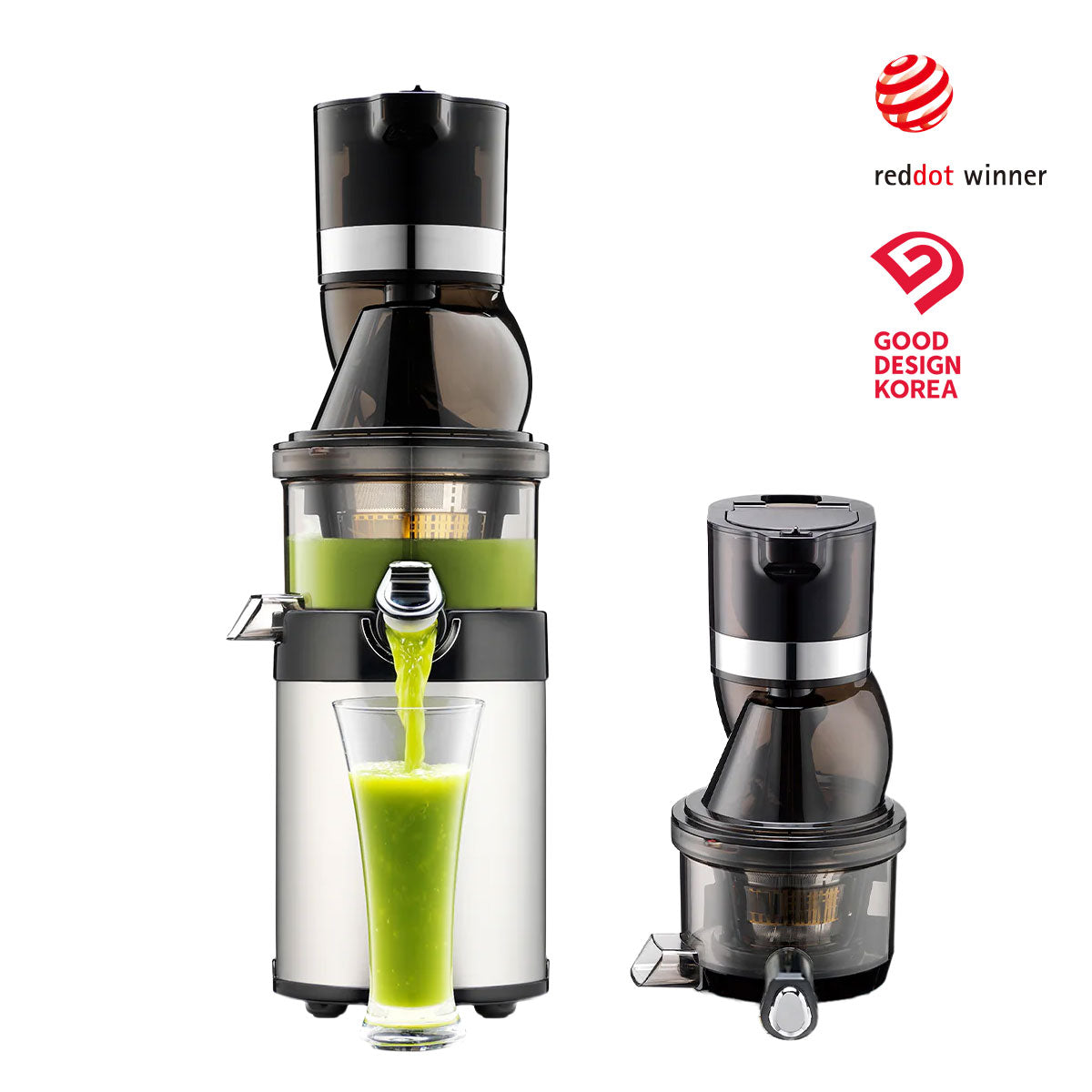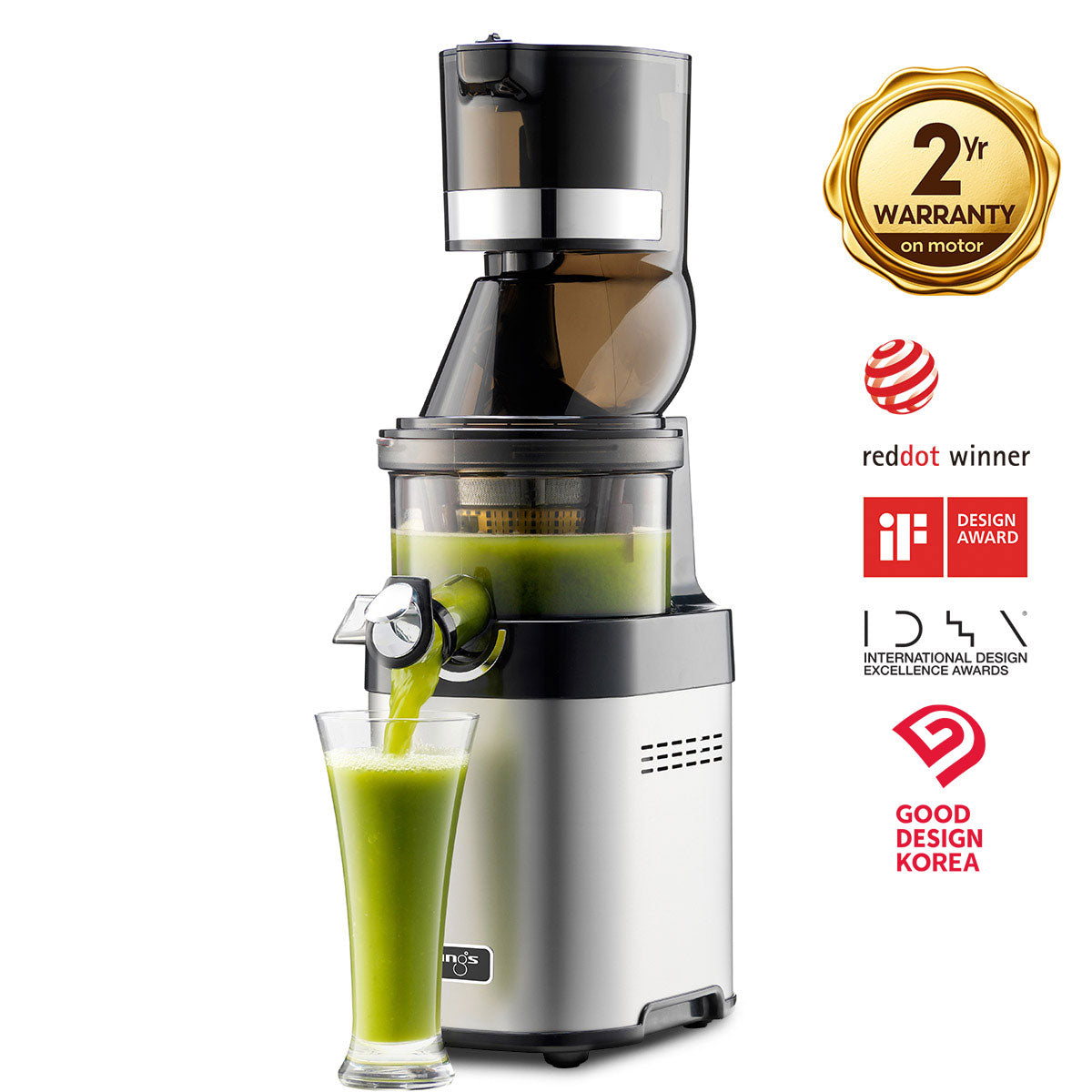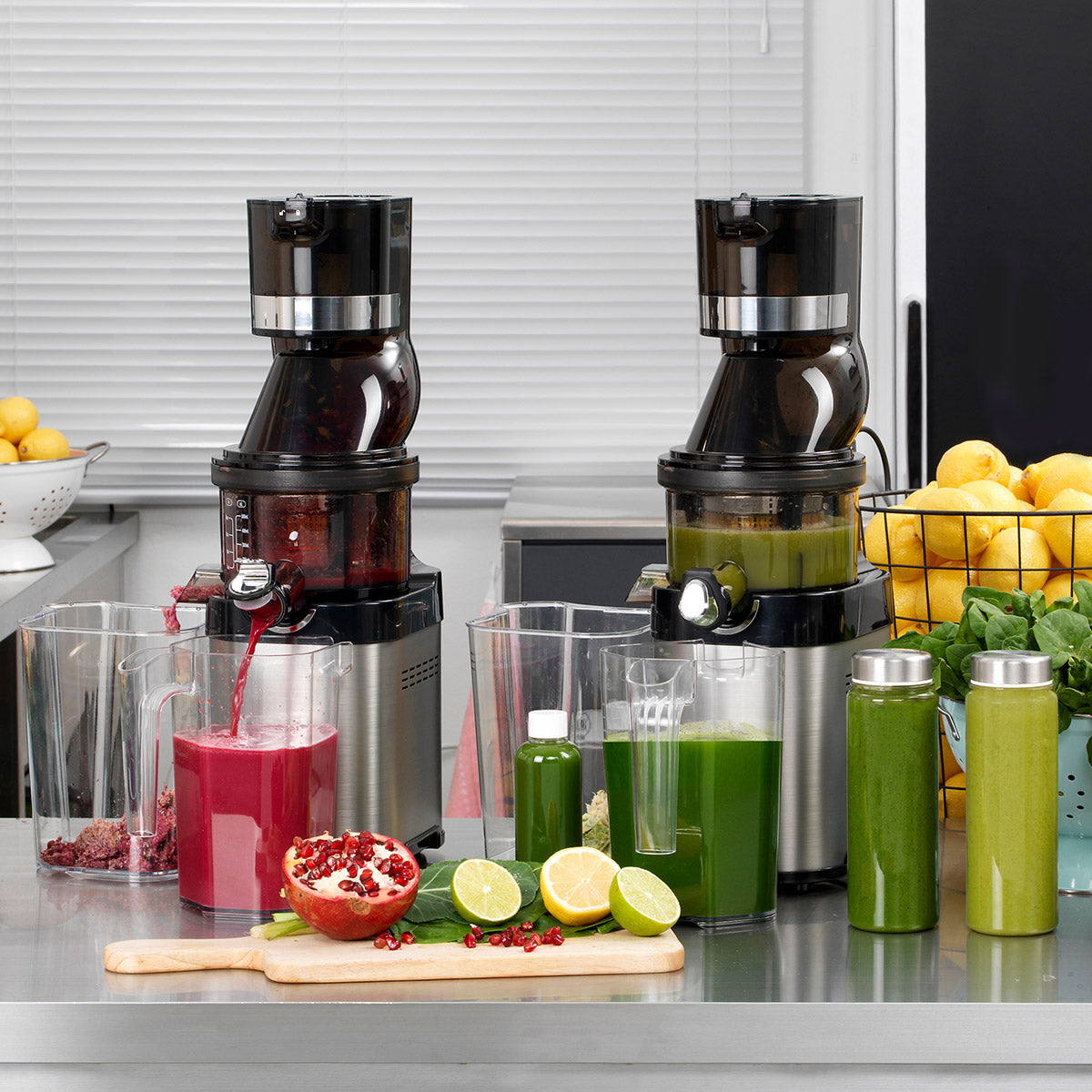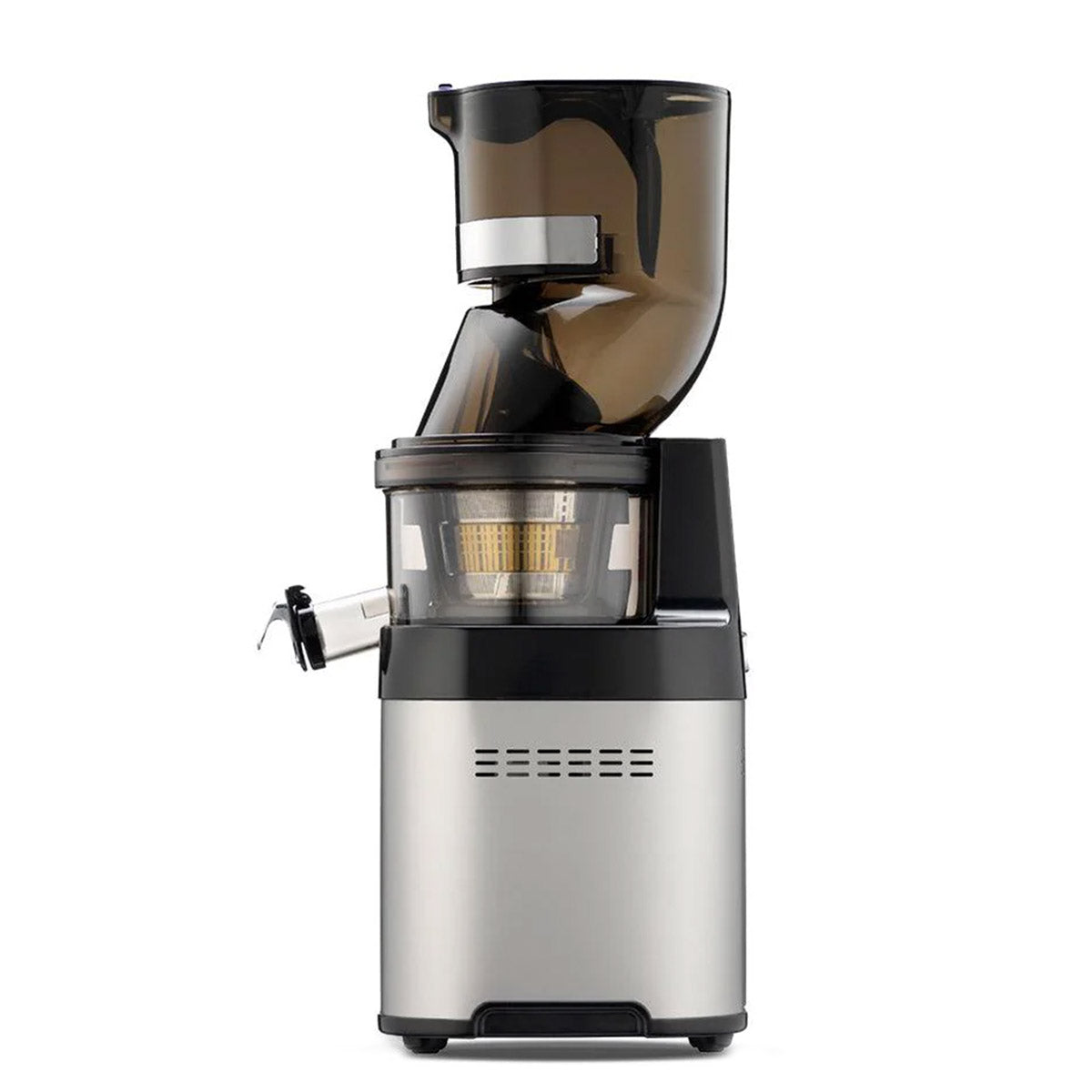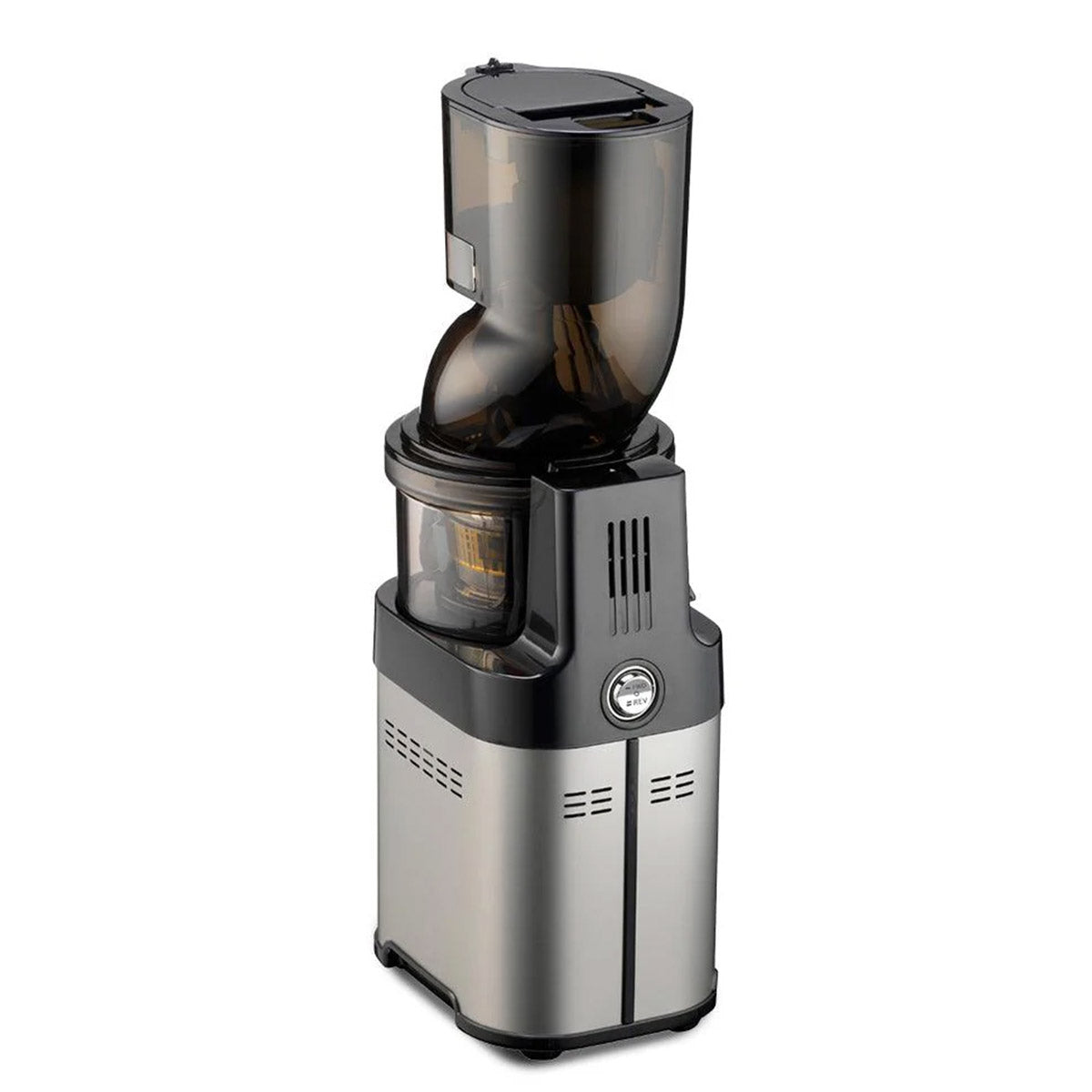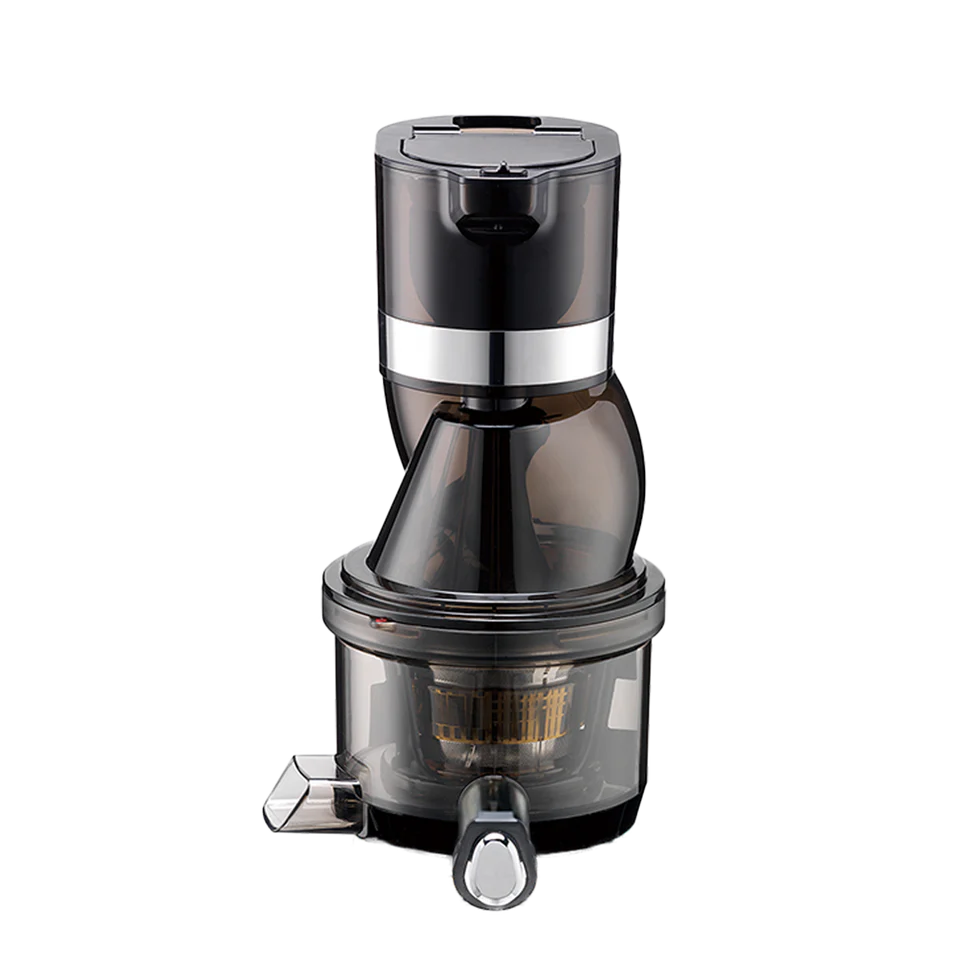When it comes to juice, we all know that it's important to get as much nutrition as possible from the fruits and vegetables we choose to juice. While traditional juicing methods have been around for decades, a new kid on the block has been quickly gaining popularity: cold-pressed juice.
But what exactly is cold-pressed juice, and how does it differ from traditional juices that have been around for much longer? More importantly, what is the science behind why cold-pressed juice retains more nutrients? Let's take a closer look.

First, let's define what we mean by "cold-pressed." Unlike traditional juicing methods that use centrifugal force or heat to extract juice from fruits and vegetables, cold-pressed juice is made by applying extreme pressure in order to extract the juice. The result is a juice that is smoother, richer in flavour, and often higher in nutrients than traditional juice. This also means that the juices are of maximum yield.
But why does cold-pressed juice retain more nutrients? To understand this, we need to look at the science behind the nutrients found in fruits and vegetables.

Fruits and vegetables contain a wide range of vitamins, minerals, and other nutrients that are essential for optimal health. These nutrients are most abundant in the flesh of the produce, but they're also present in the skins, seeds, and pulp.
When produce is subjected to traditional juicing methods, such as centrifugal force or heat, the process can damage or destroy some of the nutrients. This is because the force or heat can create friction and heat that breaks down the produce's cell walls and denatures enzymes, resulting in a loss of nutrients.
In contrast, cold-pressed juice retains more of these nutrients because the high-pressure method used to extract the juice doesn't generate heat or cause friction. Instead, it gently breaks down the cell walls of the produce, releasing the juice and preserving the nutrients in the process.

Additionally, cold-pressed juice is typically made using a slower process than traditional juicing methods, which results in less oxidation and nutrient loss. Oxidation occurs when the juice is exposed to air, causing some of the nutrients to break down and degrade. The slower process used in cold-pressed juicing means that the juice is exposed to air for a shorter amount of time, reducing the risk of oxidation.
Another benefit of cold-pressed juice is that it's often made from a wider variety of fruits and vegetables than traditional juice. This is because the high-pressure method used to extract the juice means that even hard-to-juice produce, such as leafy greens and root vegetables, can be used. As a result, you can get a wider variety of nutrients from a single glass of cold-pressed juice than you would from any other traditional juice.

All that being said, the science behind cold-pressed juice is all about how the process preserves the nutrients found in fruits and vegetables. This is why, Kuvings uses a gentle, high-pressure method to extract the juice; allowing the end result of cold-pressed juice to retain more of the nutrients that are essential for optimal health. Hence, with the ability to juice a wider variety of produce, cold-pressed juice is a great way to get a diverse range of nutrients in a single glass.
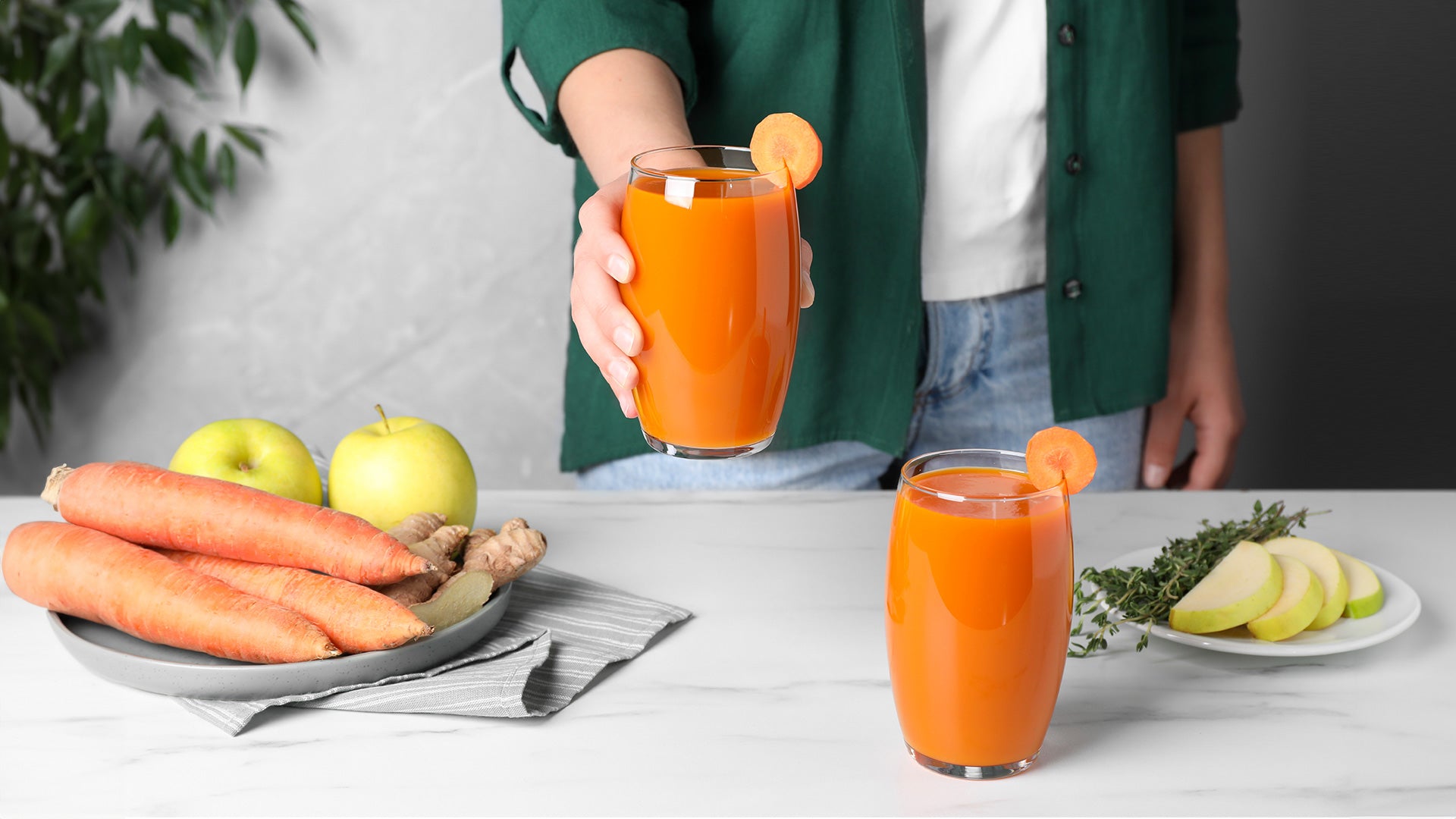
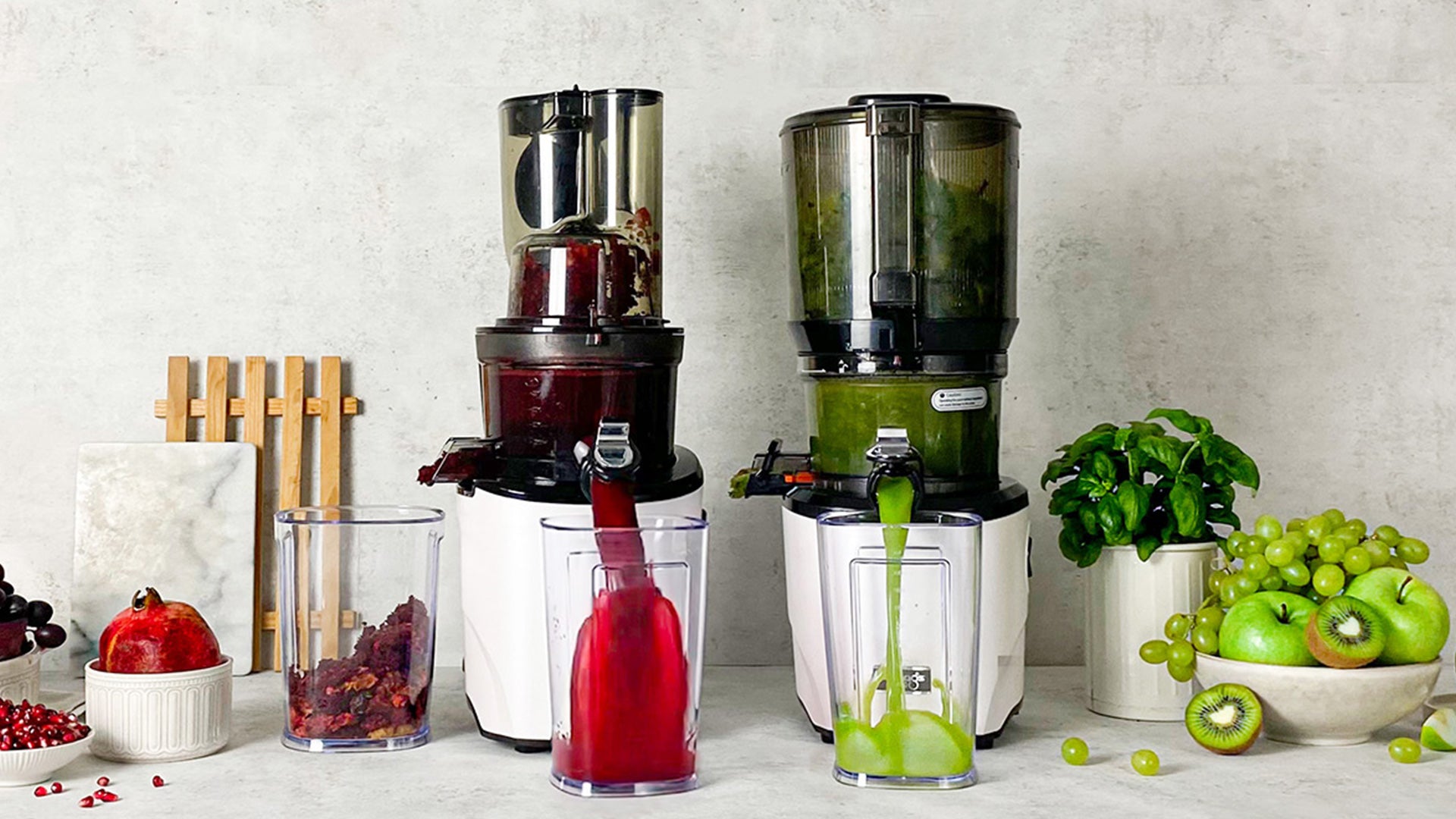

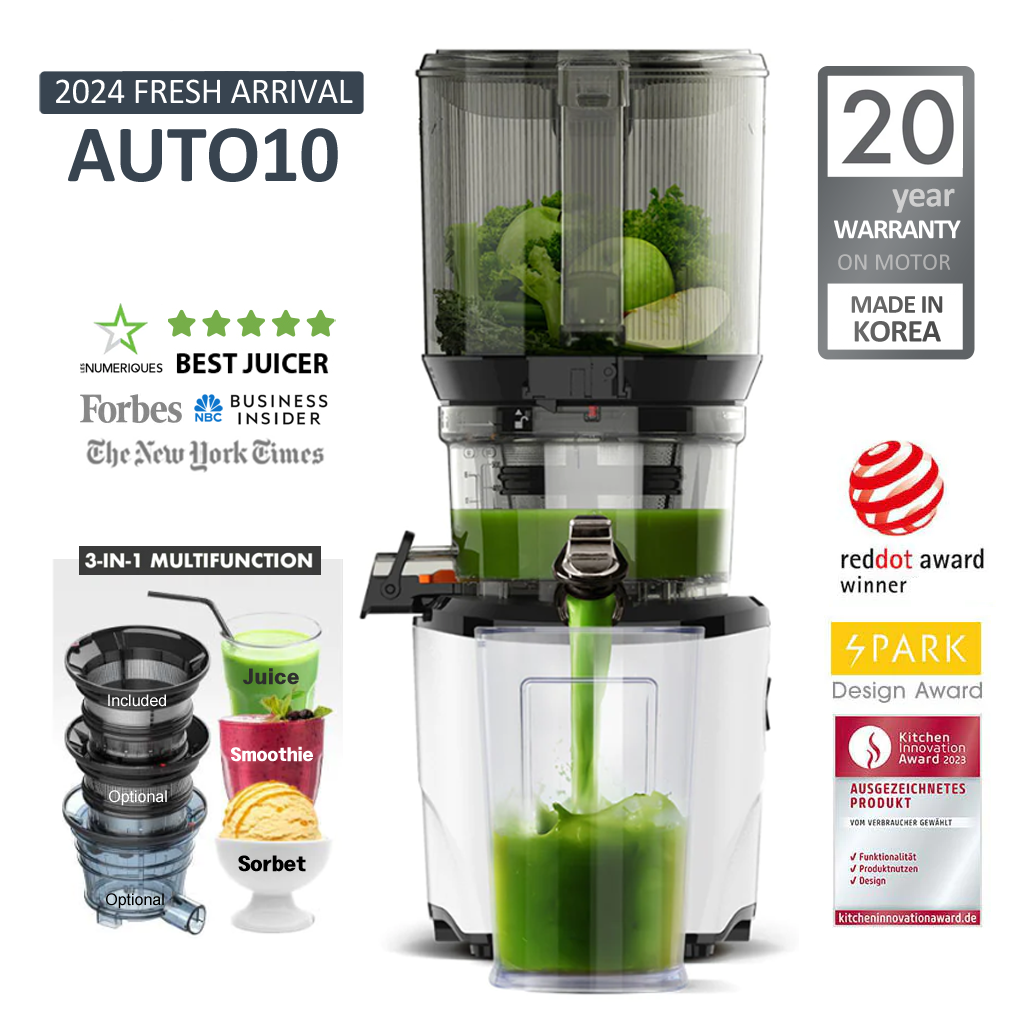
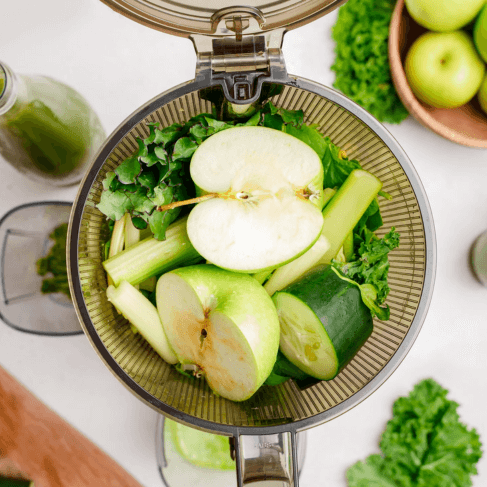
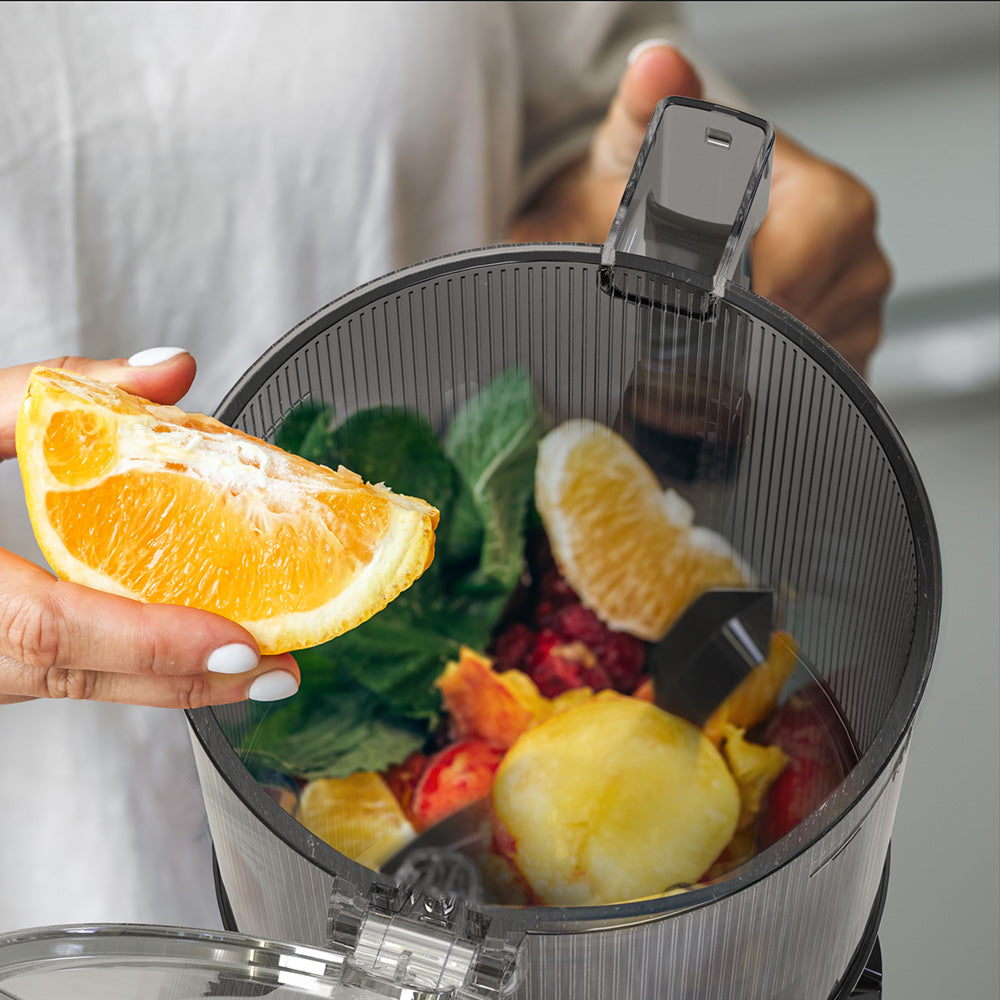
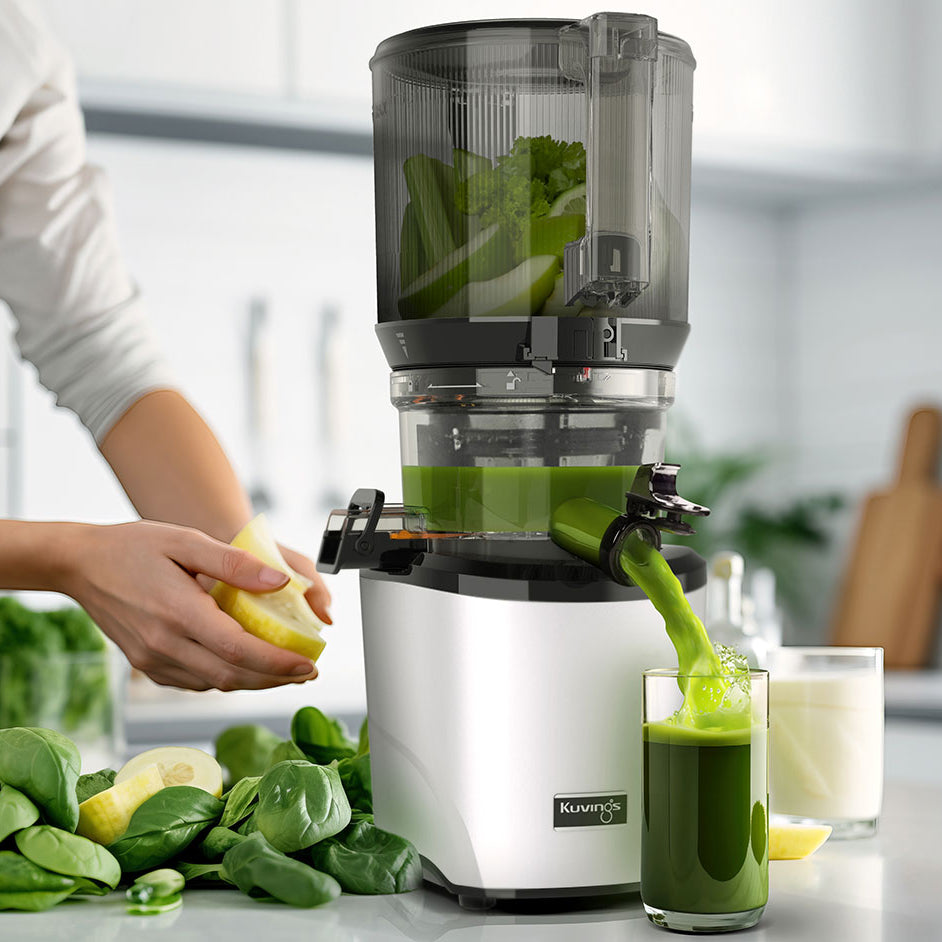
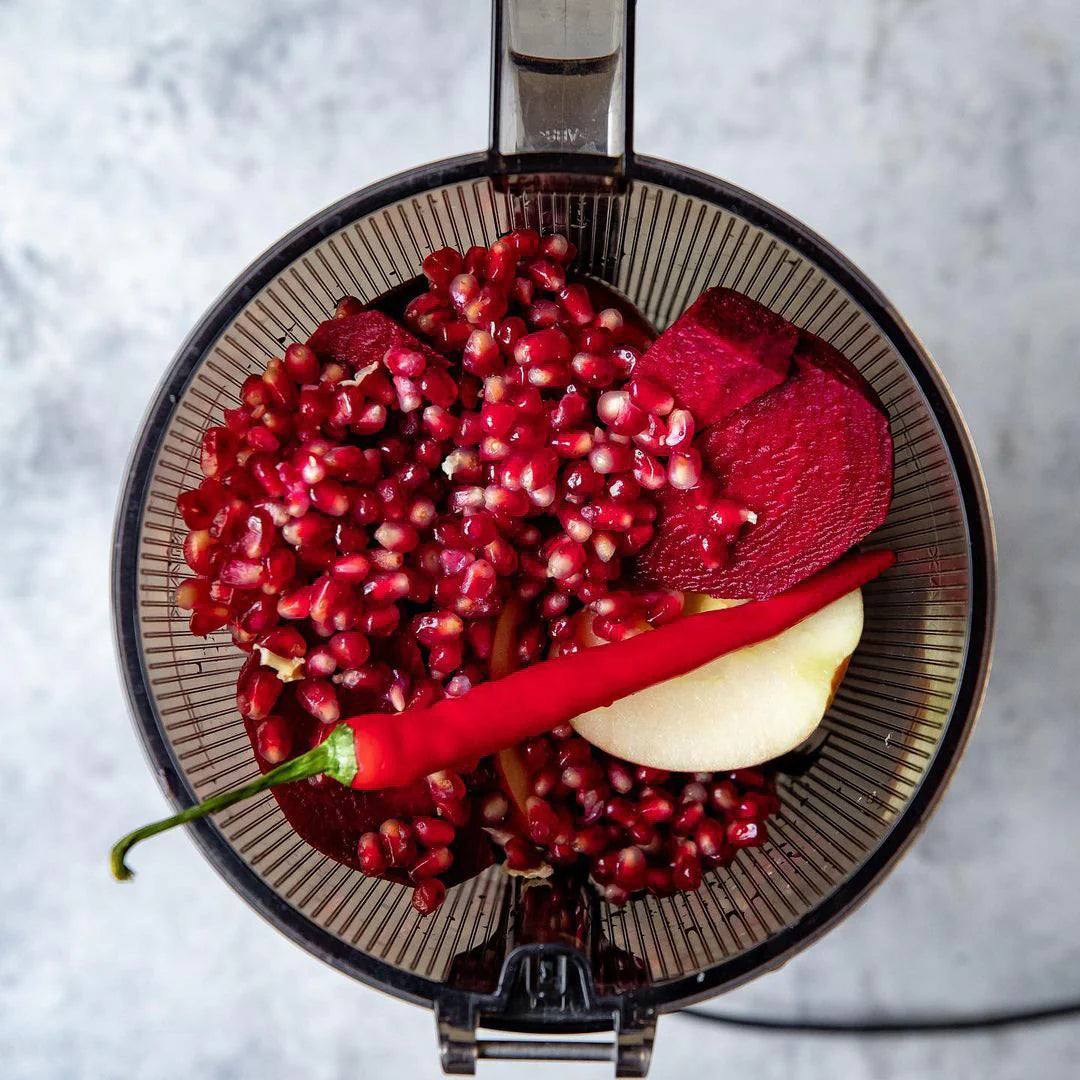
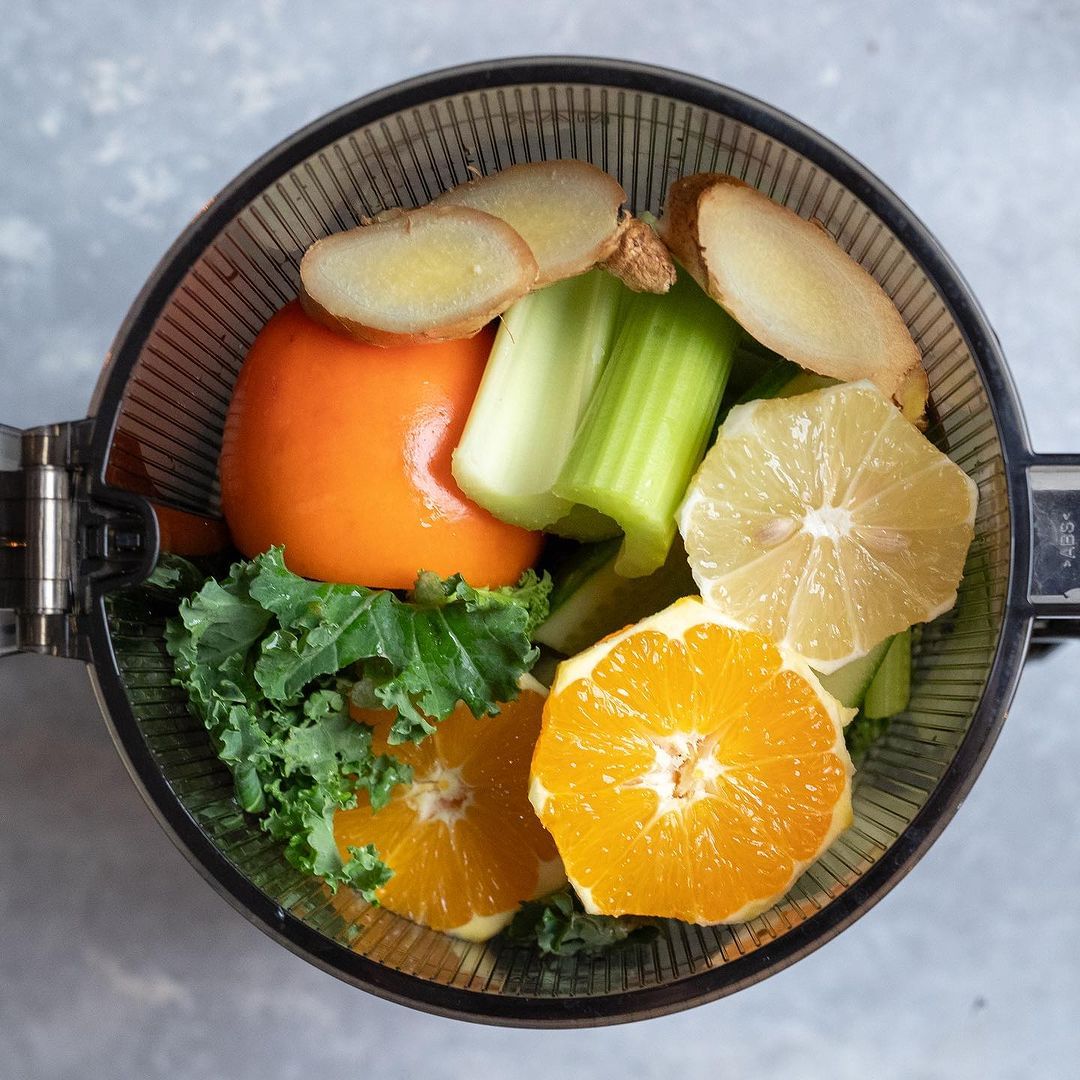
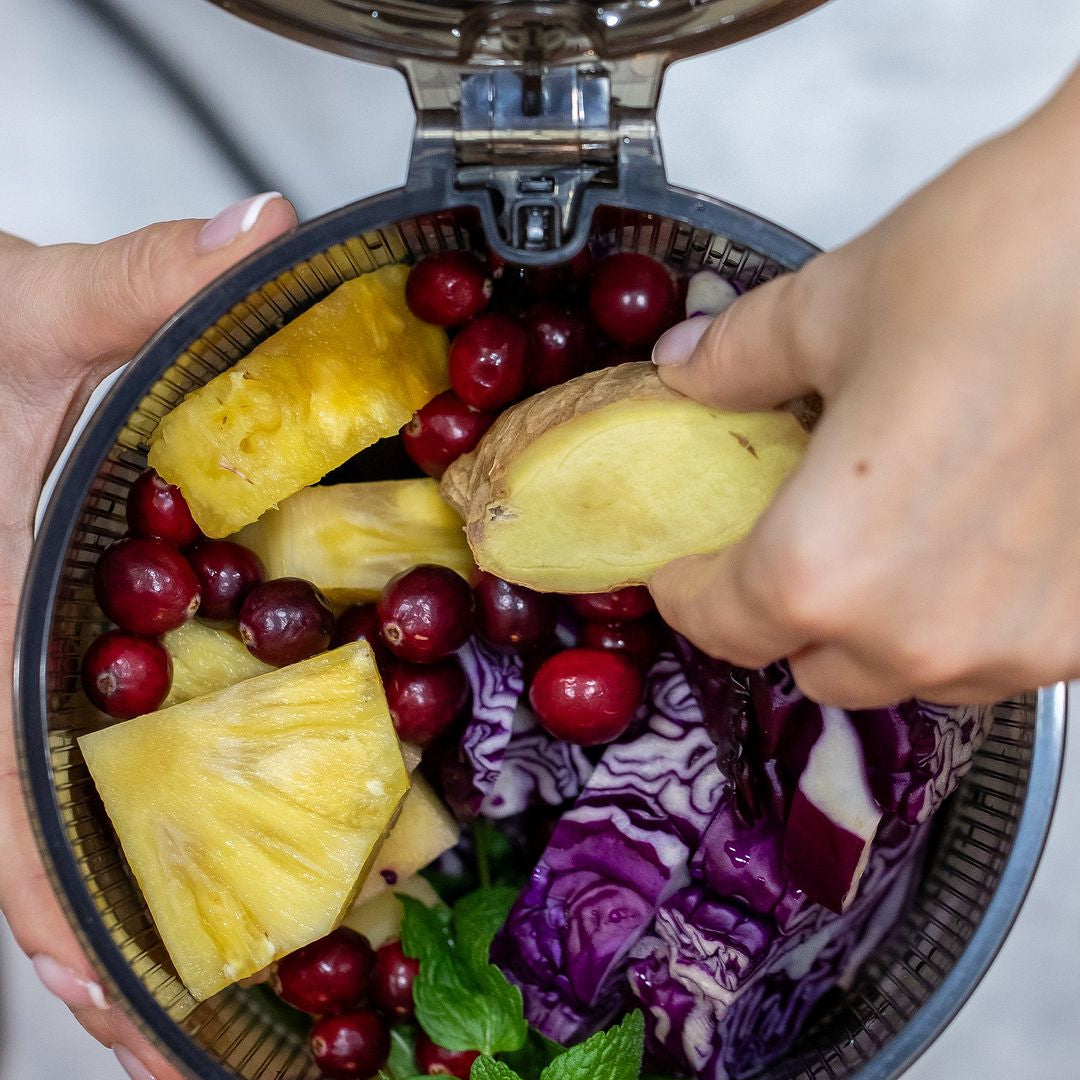
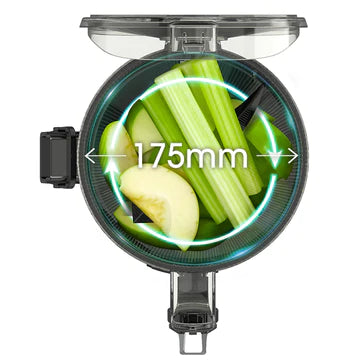
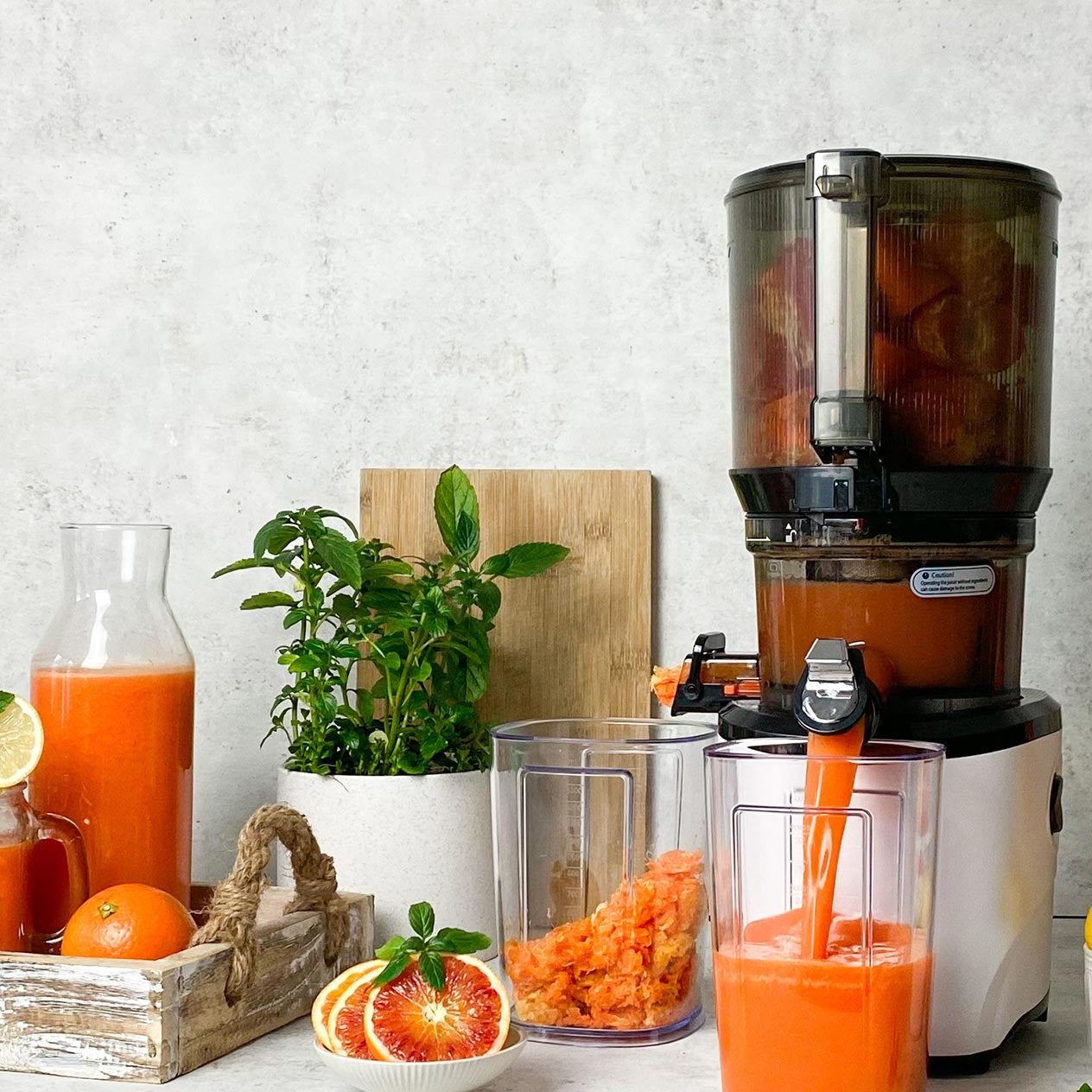

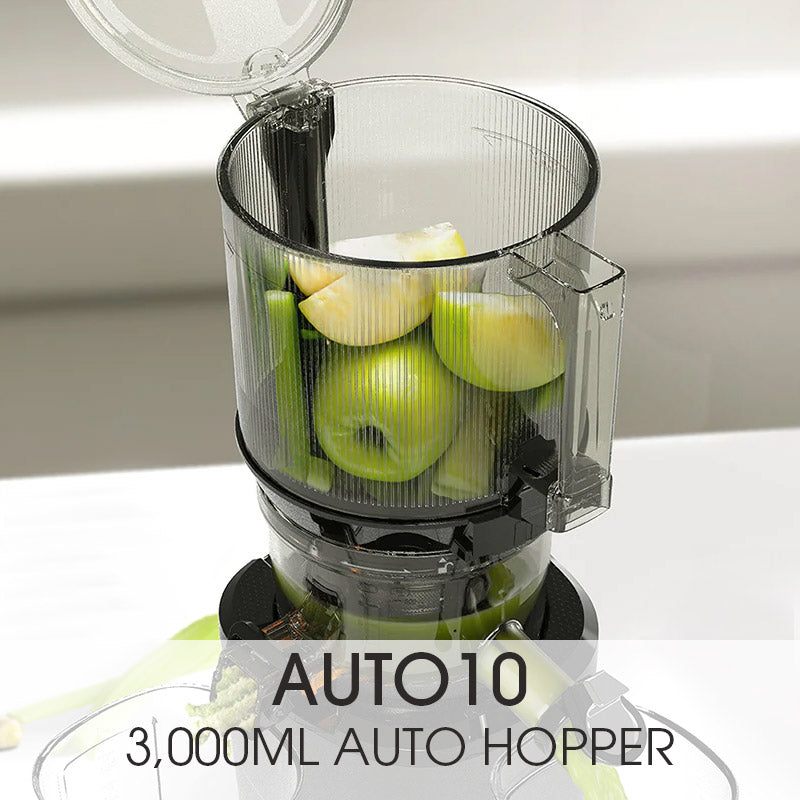
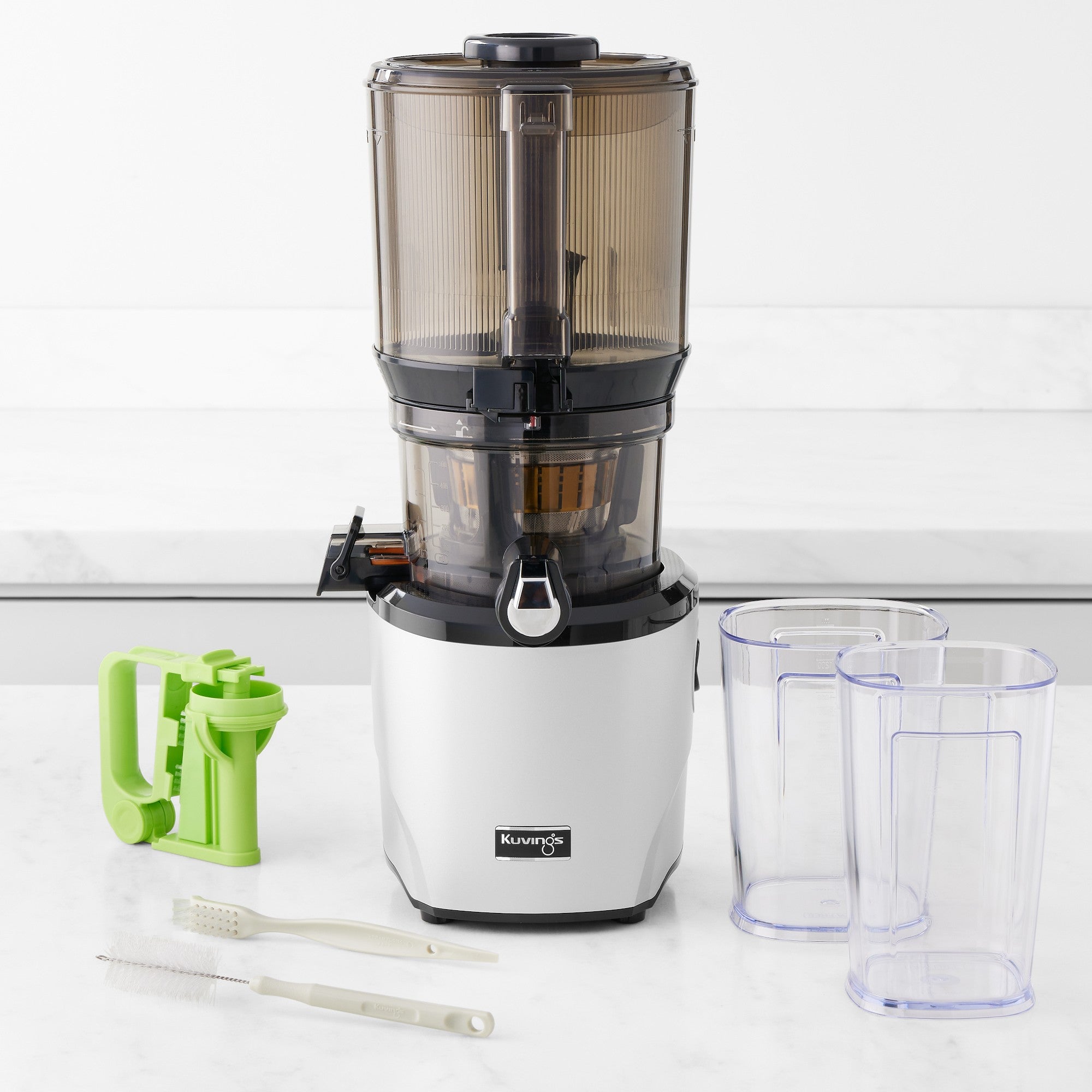
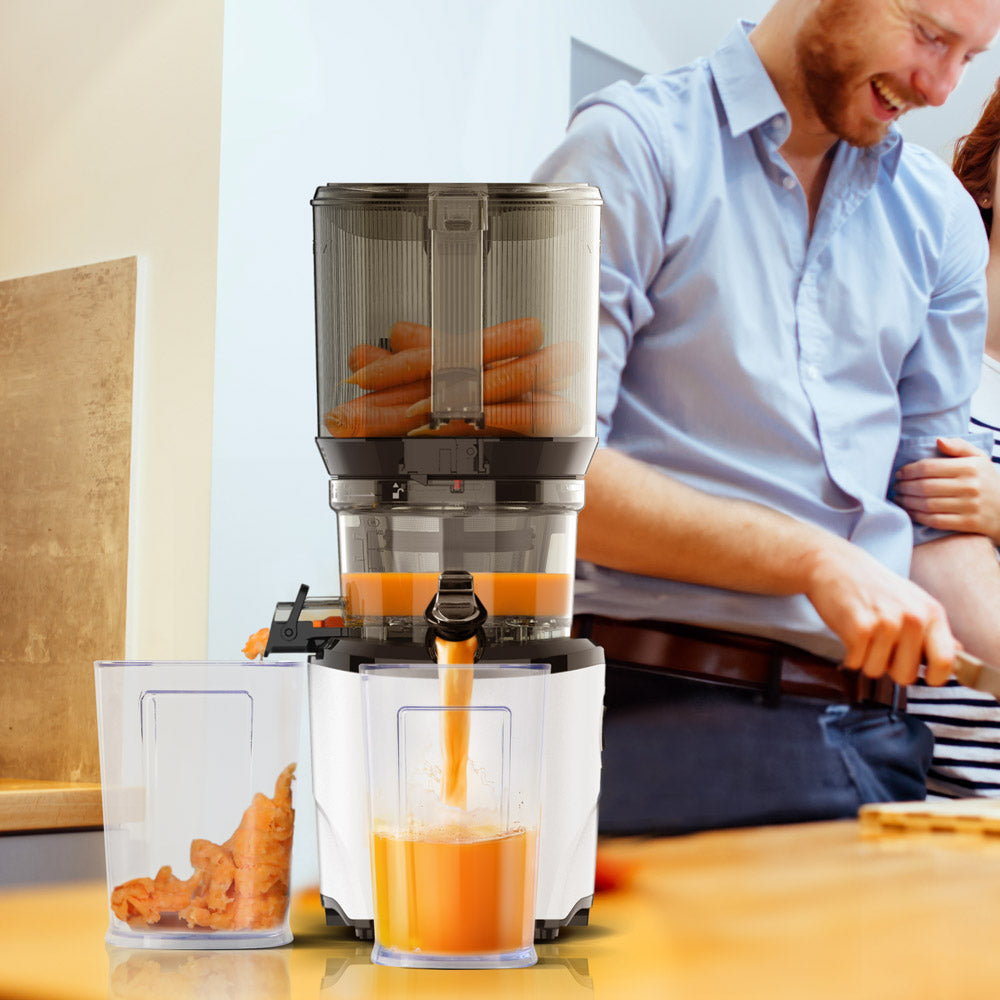
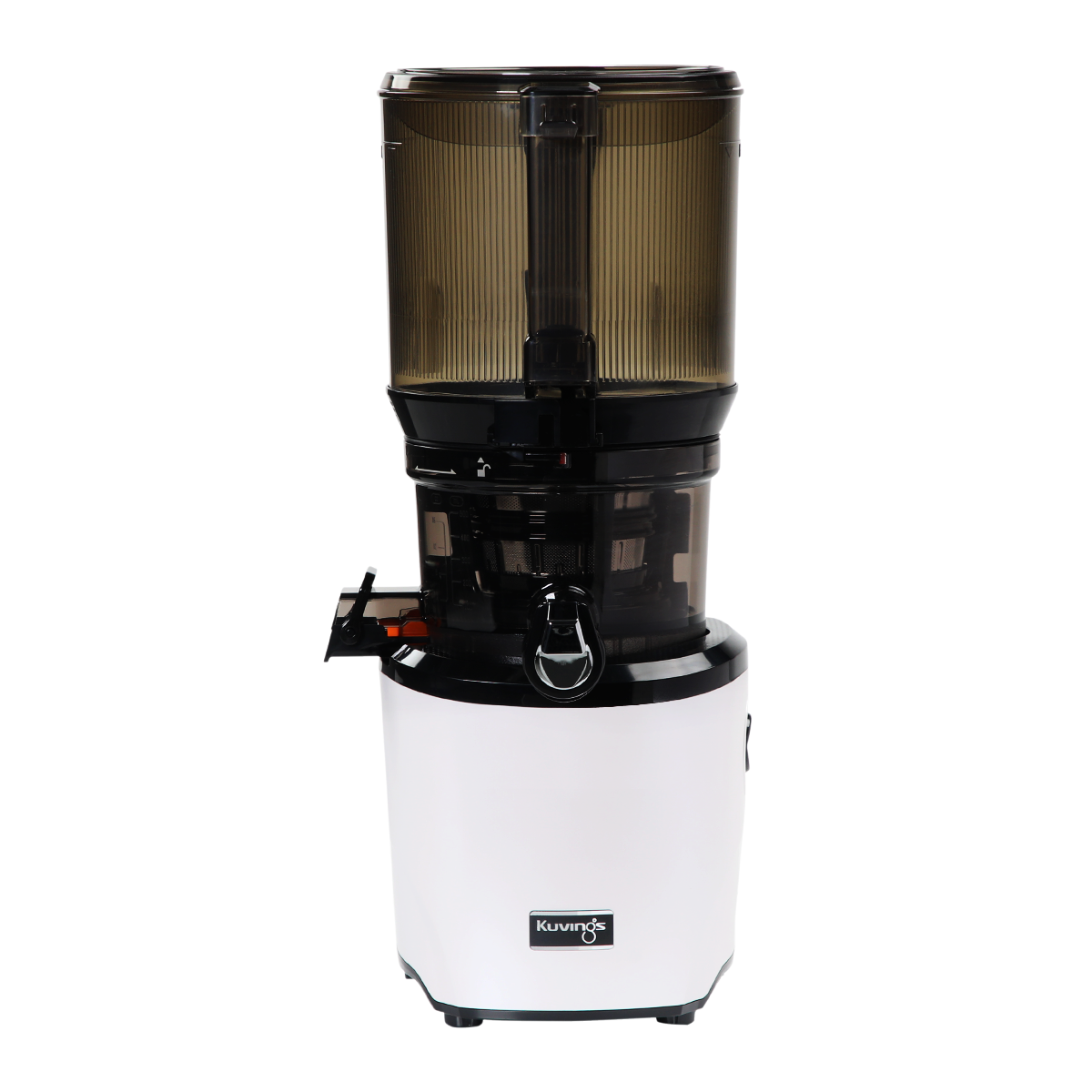
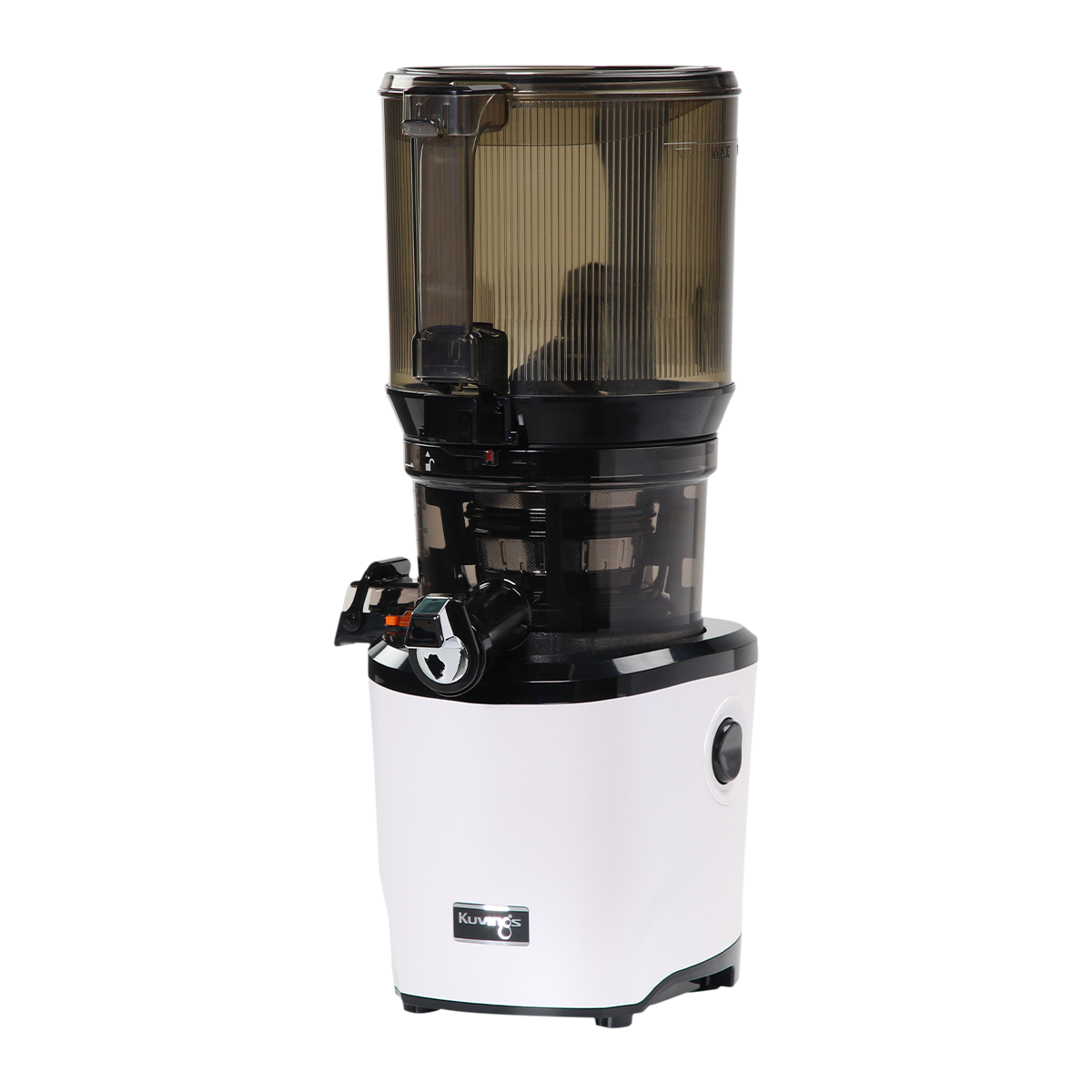
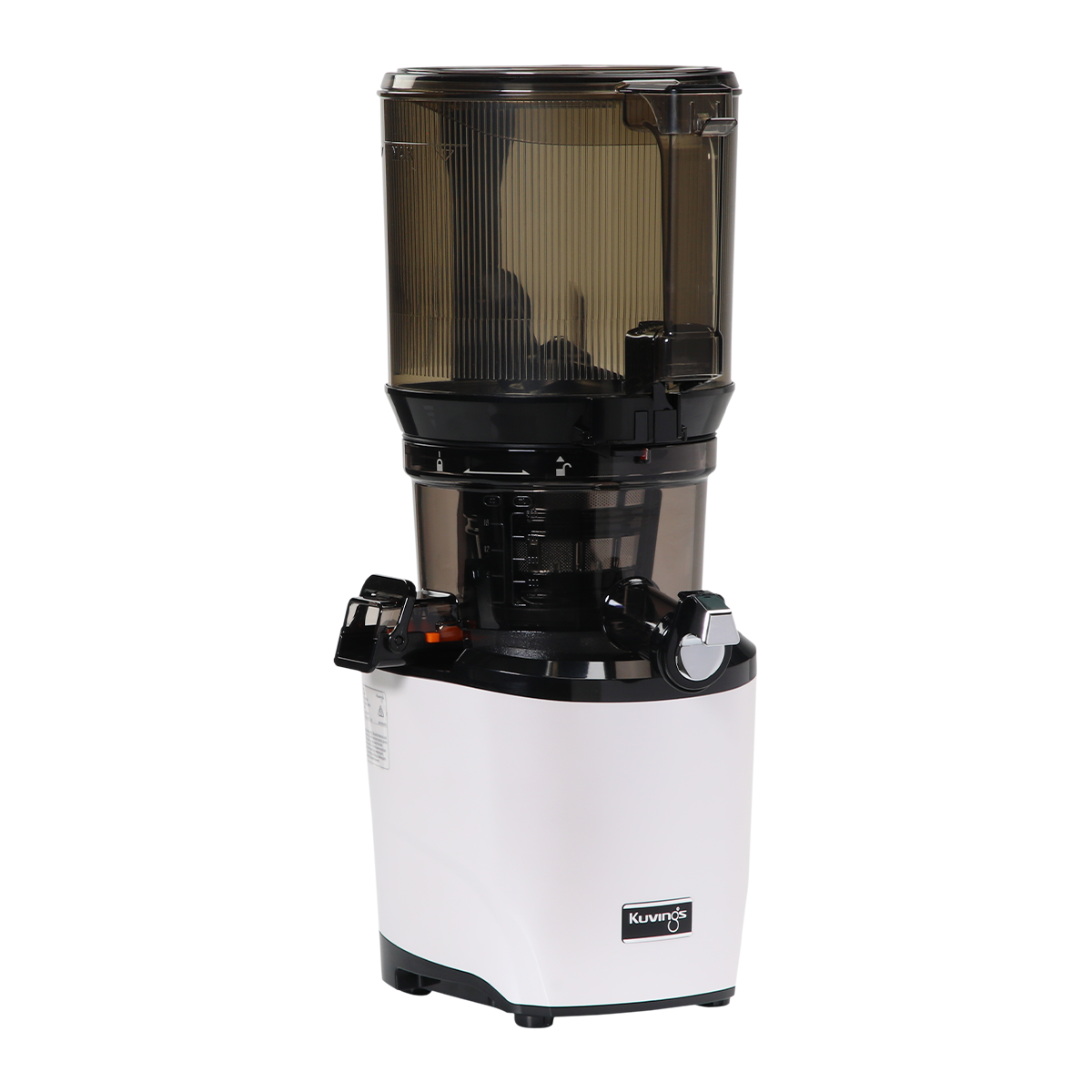
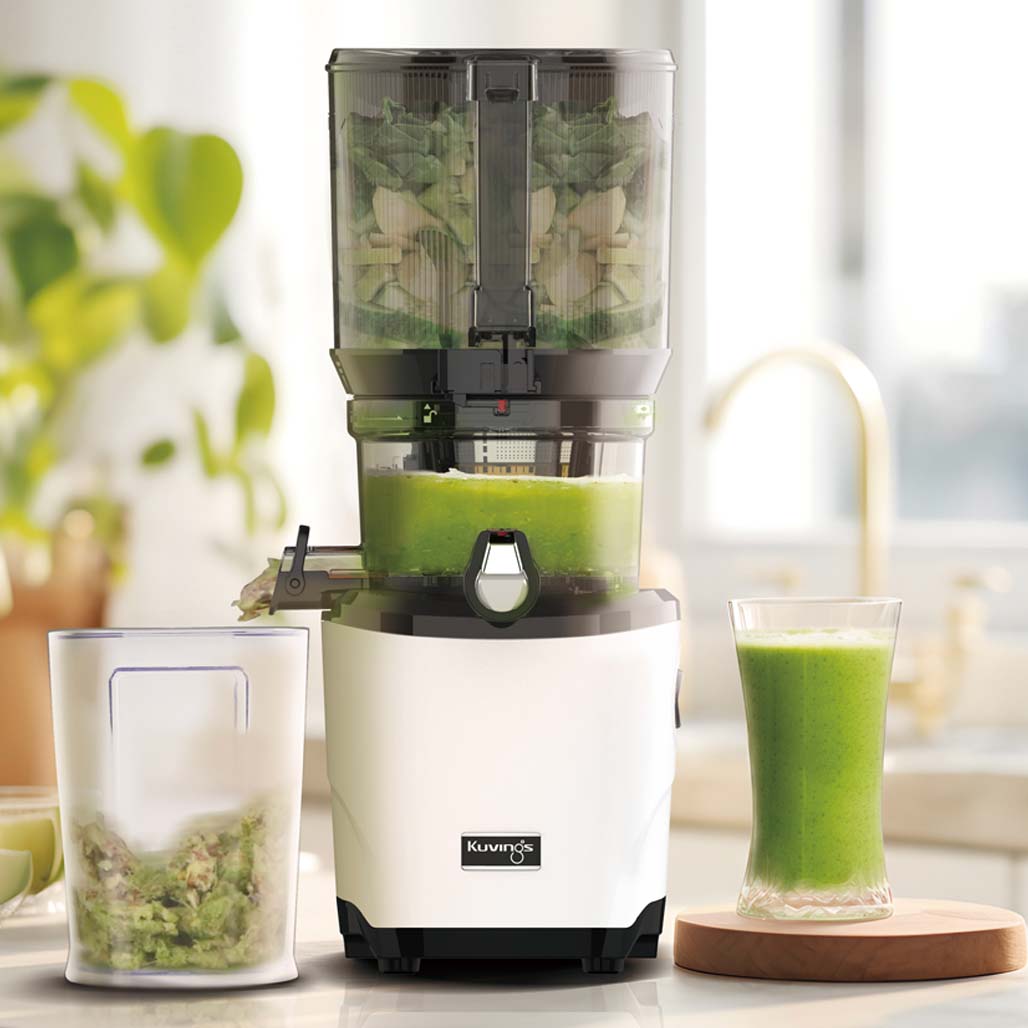
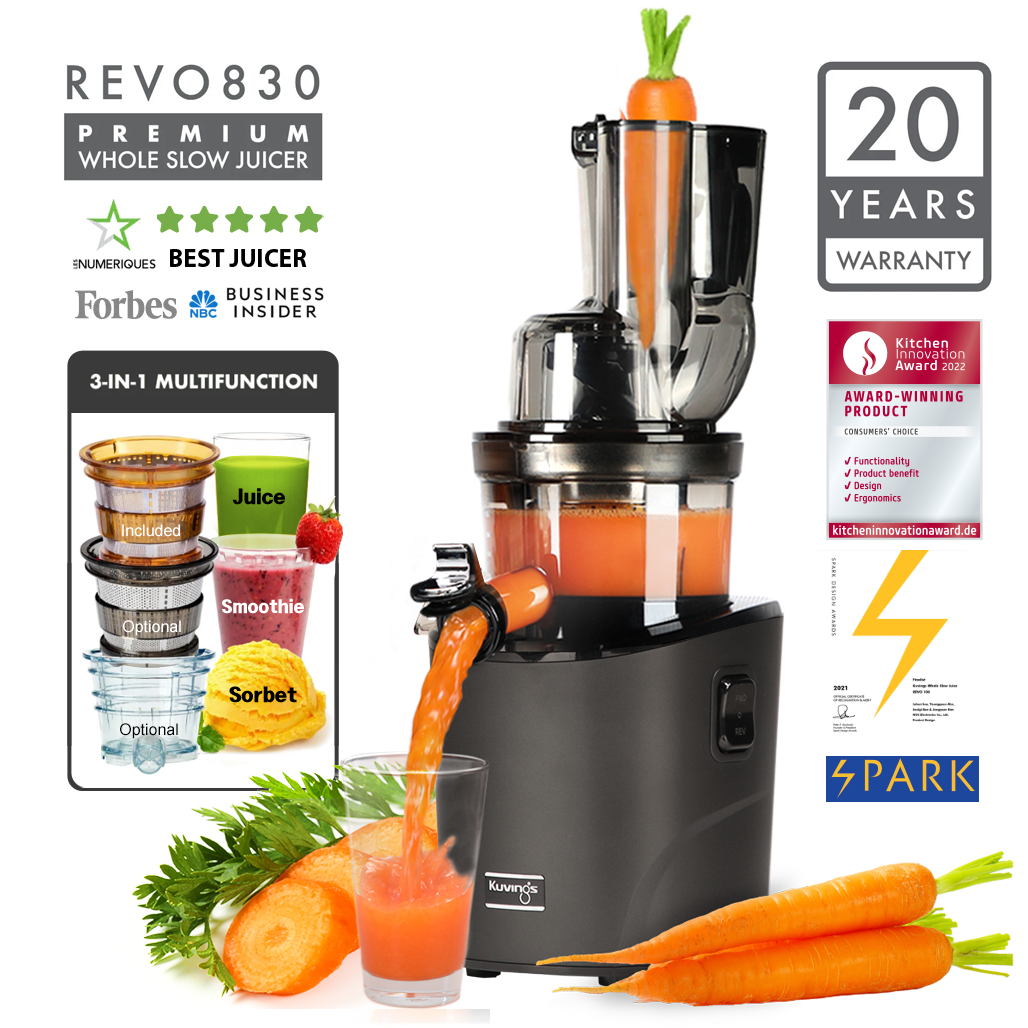
![[NEW] REVO830 Whole Slow Juicer "The Dark Knight" - Kuvings.my](http://kuvings.my/cdn/shop/files/REVO830_multi-function.webp?v=1741158438&width=1200)
![[NEW] REVO830 Whole Slow Juicer "The Dark Knight" - Kuvings.my](http://kuvings.my/cdn/shop/files/contents_compare_01_360x_677de4d1-1209-4ada-b8e3-d1445cee5e84.webp?crop=region&crop_height=360&crop_left=0&crop_top=0&crop_width=360&v=1741158438&width=360)
![[NEW] REVO830 Whole Slow Juicer "The Dark Knight" - Kuvings.my](http://kuvings.my/cdn/shop/files/cold-press-juice_00.jpg?v=1741158438&width=1200)
![[NEW] REVO830 Whole Slow Juicer "The Dark Knight" - Kuvings.my](http://kuvings.my/cdn/shop/files/sub_buying-guide_05_9f06c62f-683c-4247-8c93-efb0111660e5.jpg?crop=region&crop_height=920&crop_left=15&crop_top=0&crop_width=920&v=1741158438&width=950)
![[NEW] REVO830 Whole Slow Juicer "The Dark Knight" - Kuvings.my](http://kuvings.my/cdn/shop/files/IndyBest_banner.jpg?v=1741158438&width=1080)
![[NEW] REVO830 Whole Slow Juicer "The Dark Knight" - Kuvings.my](http://kuvings.my/cdn/shop/files/REVO830_1080x1080_773ec9d9-75c2-495e-b256-6d01ef58ba78.jpg?v=1741158438&width=1080)
![[NEW] REVO830 Whole Slow Juicer "The Dark Knight" - Kuvings.my](http://kuvings.my/cdn/shop/files/EVO820REVO830_1080x1080-_1.jpg?v=1741158438&width=1080)
![[NEW] REVO830 Whole Slow Juicer "The Dark Knight" - Kuvings.my](http://kuvings.my/cdn/shop/files/2022_revo-und-evo_02.jpg?v=1741158438&width=1000)
![[NEW] REVO830 Whole Slow Juicer "The Dark Knight" - Kuvings.my](http://kuvings.my/cdn/shop/files/REVO830_01_540x_636872b5-787d-48dc-a4f6-0d006b49a63f.webp?v=1741158438&width=540)
![[NEW] REVO830 Whole Slow Juicer "The Dark Knight" - Kuvings.my](http://kuvings.my/cdn/shop/files/shopping.webp?v=1741158438&width=600)
![[NEW] REVO830 Whole Slow Juicer "The Dark Knight" - Kuvings.my](http://kuvings.my/cdn/shop/files/2L9A7313-e1690867035583-700x751.jpg?crop=region&crop_height=700&crop_left=0&crop_top=0&crop_width=700&v=1741158438&width=700)
![[NEW] REVO830 Whole Slow Juicer "The Dark Knight" - Kuvings.my](http://kuvings.my/cdn/shop/files/kuvings-whole-slow-juicer-revo830-black-revo830b_main_kitchen_innovation_1667x_64f4e0fc-2684-4f8f-af3b-8aeb0a3cca04.webp?v=1741158438&width=1000)
![[NEW] REVO830 Whole Slow Juicer "The Dark Knight" - Kuvings.my](http://kuvings.my/cdn/shop/files/SNS-REVO830-Lifestyle-62-1-1-Revised0.jpg?v=1741158438&width=990)
![[NEW] REVO830 Whole Slow Juicer "The Dark Knight" - Kuvings.my](http://kuvings.my/cdn/shop/files/REVO830-wholeslowjuicer-coldpress3.webp?v=1741158438&width=900)
![[NEW] REVO830 Whole Slow Juicer "The Dark Knight" - Kuvings.my](http://kuvings.my/cdn/shop/files/3_bf54f2a4-1c87-4015-94d7-3b7e7de053f6.png?crop=region&crop_height=461&crop_left=0&crop_top=0&crop_width=461&v=1741158438&width=461)
